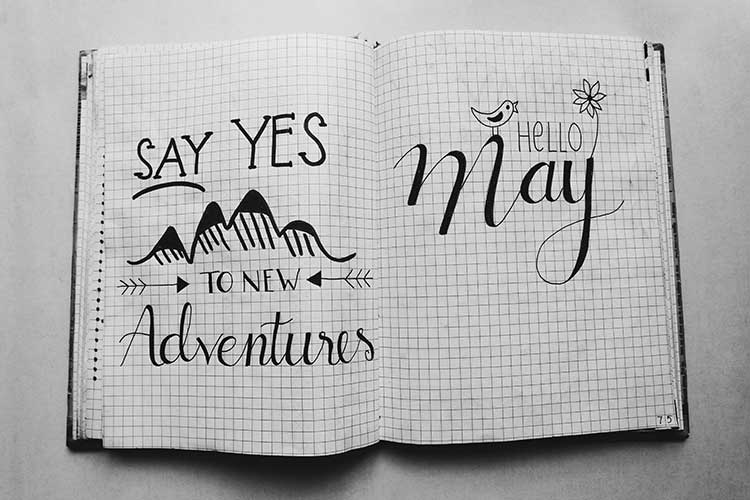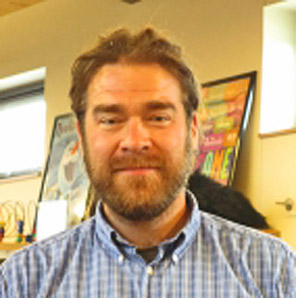 THE FINE ART OF NESTING
THE FINE ART OF NESTING Everyone has a story. Every voice has value. What better time than now to discover yours? We're offering workshops on paper making and kits for bookbinding. ... by Charlie Westerink
Read in Ned | March 29, 2018
By Michael Sivcovich
Incorporating interesting and fun things into reading is as old a trick as reading itself. We sing, we clap, we make funny noises… have you ever wondered why? Why do we use non-reading activities to enhance our reading at home? How many of you like to sit in a particular chair, or have a hot cup of tea when you read? The answers may seem simple, but with some thought, you can make reading more enjoyable for your little ones – while at the same time imparting critical literacy skills to them.
Lev Vygotsky is a psychologist upon whose work much learning and educational theory is based. He is one of the original thinkers to bring up the idea of “constructivism.” the idea that we construct knowledge based on our personalities, learning environment, what we have already been taught and the experiences we have had in life. The idea is to establish something basic – like animals vs. plants. Then we expand on, say, animals: some have 2 legs, some have 4. Some bark, some meow, some are big, some are small, and so on. It stands to reason that if you play a musical instrument already, other instruments are easier to pick up compared to someone who is just starting out. The same goes for our friends who are learning about books and stories.
From the time we are born, we have been moving our bodies. We associate so much in life with these body movements that by the time we reach adulthood, it doesn’t even register. But if you run across the yard and dash up a tree, you’ll remember something! When we sit down with a book like Chicka-Chicka-Boom-Boom, and read rhythmically with clapping, we associate clapping and rhythm with the ABC’s. It’s also why we sing the ABC’s. When reading any book with young children, we ask questions about the story, about the pictures and about the characters, not only to make the book more interesting, but to develop these connections and create a broader background for the child to build off of.
This constructivist approach is a motivator for offering different structures of storytime to our youngest patrons. Here at the library, we began our STEM Storytime which builds and develops children’s hands-on background and last week we had a more physical session where we played games, jumped around and tossed bean bags at targets. When tied into the stories, these activities help make connections for children and further develop their sense of literacy as they grow older.
Through storytimes, events and the Summer Reading Program, we employ several different methods to help children develop literacy skills at NCL. The Colorado State Library also offers resources and ideas to help parents develop these skills at home and in other out of school arenas. Every moment that you are with your child is an opportunity to teach them something.
 Michael Sivcovich is the Youth Services Coordinator at the Nederland Community Library.
Michael Sivcovich is the Youth Services Coordinator at the Nederland Community Library.